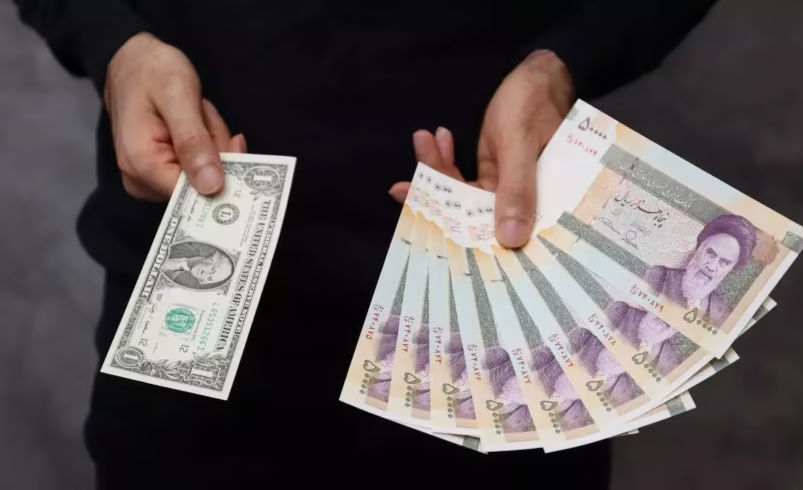Iran’s bold move to cut four zeros from the rial and reshape its economy
- October 7, 2025
- 0

Iran has announced a sweeping monetary reform that will see four zeros removed from its national currency, the rial. The redenomination is designed to address years of persistent inflation, a weakened exchange rate, and growing public frustration over complex financial transactions. The initiative marks one of the most significant changes to Iran’s monetary system in decades and aims to restore confidence in the country’s financial stability.
For years, Iran’s economy has struggled with high inflation that eroded the value of the rial. As prices rose, everyday transactions became increasingly cumbersome, often requiring large sums of cash for even basic purchases. By removing four zeros from its currency, the government seeks to simplify financial dealings and make accounting more manageable for both businesses and consumers.
Under this reform plan, one new unit of currency will replace 10,000 old rials. The change will not immediately alter purchasing power but is expected to streamline pricing systems and reduce confusion caused by long strings of digits on receipts and financial statements. Authorities have outlined a three-year transition period during which both old and new rials will circulate together, allowing citizens and institutions time to adjust smoothly to the new system.
Beyond simplifying transactions, this measure carries a symbolic weight aimed at rebuilding trust in Iran’s economic management. Years of inflation have diminished public confidence in the rial as a reliable store of value. By introducing a revalued currency, policymakers hope to signal fiscal discipline and strengthen perceptions of stability within domestic markets.
The redenomination also aligns with local practices already adopted by many Iranians who commonly refer to prices in “tomans,” an informal unit equivalent to ten rials. By officially adjusting the currency scale, authorities are bringing formal policy closer to everyday usage while promoting consistency across financial systems. This alignment is expected to ease communication between consumers, retailers, and banks while supporting broader economic reforms aimed at modernization.
The three-year coexistence period for old and new notes reflects an effort to minimize disruption during implementation. Businesses will be allowed time to update accounting systems, while citizens can exchange older banknotes without pressure or loss of value. Economists note that such gradual transitions are crucial for maintaining public trust during major monetary adjustments.
In essence, Iran’s decision to remove four zeros from its national currency represents both a practical response to inflationary pressures and a symbolic step toward economic renewal. While redenomination alone cannot resolve underlying fiscal challenges, it may serve as an important foundation for restoring order and confidence within the country’s financial landscape over time.